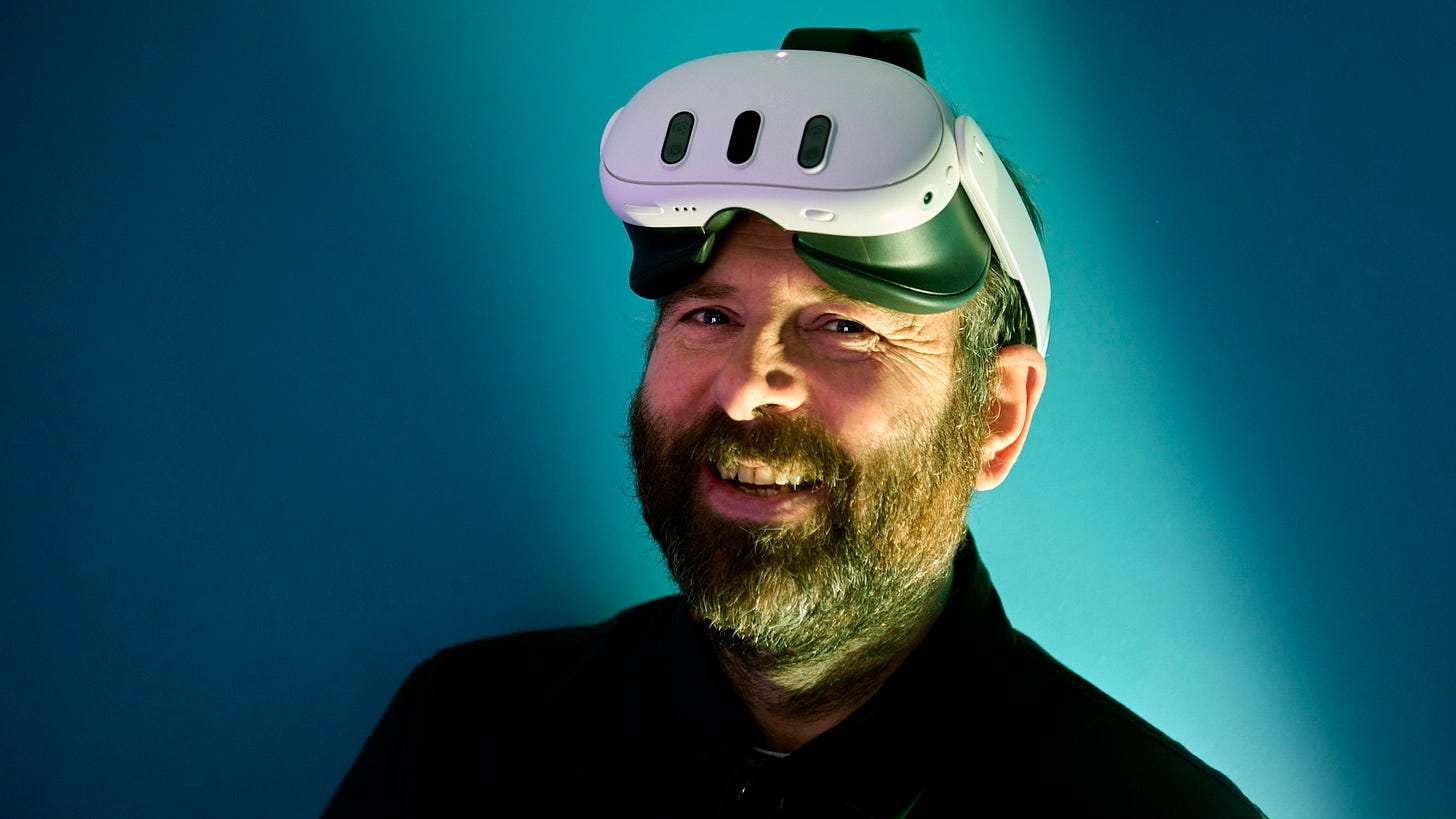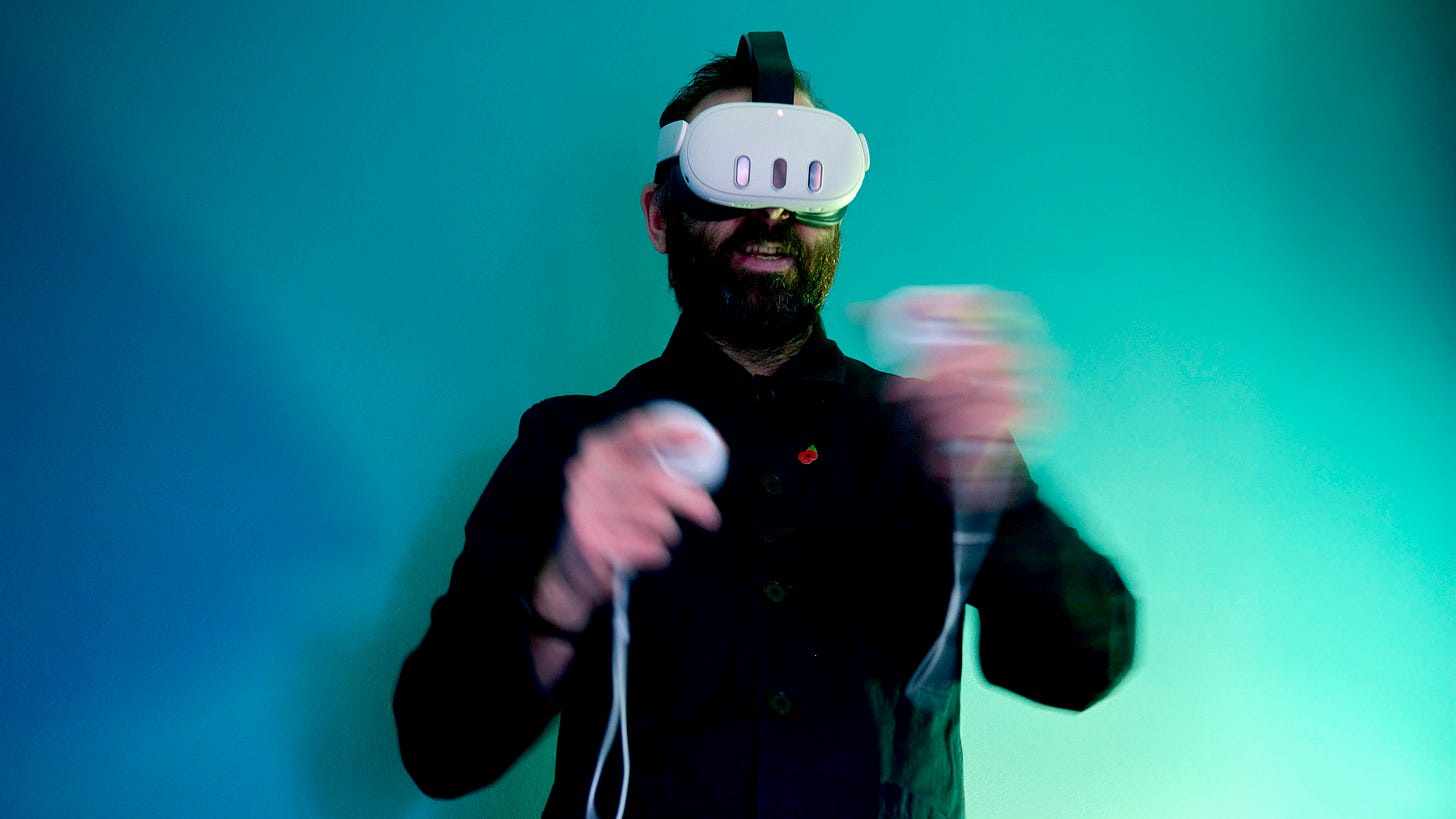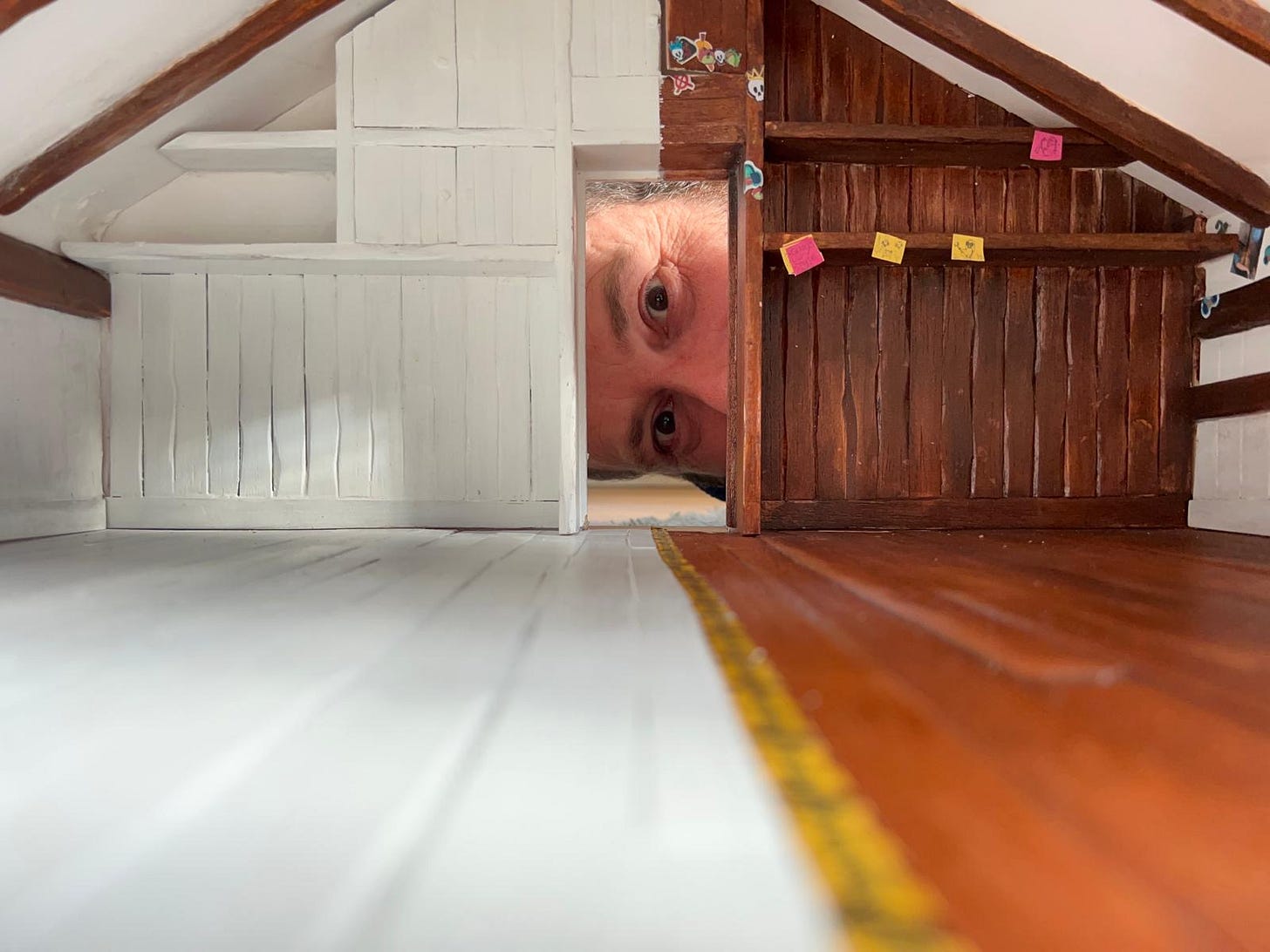Justin Hutchinson-Chatburn - Maker of Worlds
The role of production designer is a mysterious one, given the current trend towards realism in modern cinema it can appear that a crew have simply walked into a fitting location and started shooting.
Interview & Portrait: Perry Curties
But there is one cinematic genre that owes more to the production designer than any other - animation.
Whether its made by Pixar, Dreamworks, Studio Ghibli or a smaller indie animation house, the characters that we follow in these highly crafted movies all inhabit worlds that have been built entirely from scratch, from the shape of the clouds to the amount of dirt on the pavement.
A man who knows more about this than most is Justin Hutchinson-Chatburn, production designer on the current Netflix Christmas hit, That Christmas - a family friendly, future classic from Richard Curtis.
Perry Curties met up with Justin to find out what it takes to build a world that contains as much detail and personality as a live action movie (if not more) and to see how far modern animation technology has evolved from traditional pen and ink.
Our meeting starts with a tour of his home studio in his North Hertfordshire village, ‘tour’ is a grand description given that we are in a small room containing little more than a computer and a drawing board (covered in half finished airfix models), a collection of hand painted 3d printed action figures and a Meta Quest headset sitting (altar like) on a shelf in the middle of the room.
‘Come in, come in’ bustles Justin in his Lancashire accent softened by 30 years in London, ‘this is where it all happens, im working on this environment at the moment but i cant talk about that, its for something you won’t see for a few years…’
He’s pointing at a grey object formed from odd shaped cubes on his computer screen, ‘but if you want you can have a quick look inside…’, and within seconds he’s got his head-set on and is waving his arms around in the centre of the room, and then it’s off again and he’s holding it in the air for me to slip my face into.
Wow! I expected my first experience inside a VR headset to feel more disconcerting, but im instantly immersed in a world that feels far more natural than it should, I’m standing in a life size room complete with set dressing and props, able to spin around and explore the space completely at ease.
‘This is how I designed all of the buildings and environments in That Christmas, with a £500 headset and some free software called Gravity Sketch I can build sets using my hands in a life-size digital space, colour and texture all the surfaces and let the director [Simon Otto a former Dreamworks animator] walk around the spaces and imagine how the characters interact with it before we even hand it over to the animators.’
For me, as a layman entering this 3d world for the first time, it feels like a no-brainer, i’m completely immersed and its only been a minute. For a director working on something as intangible as an animation this must feel like the jump from silent movies to talkies.
‘It’s been a real leap forward for everyone’ Justin confirms, ‘I started out as an illustrator, and built clay character models for previous projects but adapted to digital design and illustration early in my career’ - a career which started in illustration, then video work, then into early forms of digital design for advertising before maturing into a VFX Supervisor and Art Director for TV shows like Black Mirror and His Dark Materials.
‘We started work on That Christmas 4 years ago, it was lock down time so we all had to adapt and VR was a great tool for that situation, certainly for me. I’d been using it for previous projects and That Christmas gave me a big opportunity to use it for the production design. Its a very organic process, and the feedback is immediate, which means the space evolves around you, and in turn you react to the space more emotionally.’
‘The resulting 3D also has a naturally wonky feel that as an illustrator you can embrace, and in fact it played a part in the look of the whole film. This technique leant what I called “weight” to the architecture much like that which is observed in real life when walking around Southwold and Walberswick [where Richard Curtis based the story] and the inspiration for the film’s imaginary town of Wellington-on-Sea.’
‘And then being able to explore the environment at actual size with the director, let him walk around a set like the William’s house [the home shared by Danny and his Mum] which was designed to support not just their story but also how they relate to each other, and in that respect I treated their home like a couple of bus stops. Each character leaves the house using a different door, and we never see a living room. Theres always a space between them, often the hallway, this supported the fact that these two characters never get time together. Using VR meant that I could help Simon understand more physical and spacial concepts like this by putting him in the VR space and sharing that same experience.’
And how much detail does a production designer provide to the story team and the animators? Are you giving them a feeling for it or is it more involved than that?
‘We get fully into the details, as much as we can to support everyone. One of my team was initially credited as Set Dresser because she had such an acumen for set dressing, and so she took responsibility for a lot of the main sets in the film making sure that everyone knew what was in the room. She later moved onto to visual development and designed a couple of the locations towards the end of the movie. Unlike a prop house, we have to create everything, you cant just get it off a shelf somewhere and so we paid a lot of attention to that kind of detail even with visits to the prop houses to find real world stuff that made sense for our world.’
‘I should add, it’s also important that we try not to replicate things exactly. Our film is a version of reality; a good example is the washing machine in the William’s house - which no one will ever notice, but I searched online for the perfect model, gave a picture of it to one of our visual development artists to look at for for 3 minutes and then took it away so he would only draw from the elements that really stuck in his mind, and thats how we approached the whole design, its reality but not a photographic reproduction, it’s recognisable but softened, its a memory of place and things’
And did the cast get to go into the 3d world for their voiceovers? ‘No they didn't but i think thats the next step, they saw some 2d references but I think it would make sense to let them feel what the world is like’.
Is it easy to find teams that can work in this way? ‘Yes and no, it’s not a huge leap for a good designer with digital skills to jump from something like Pro-Create [an iPad app for illustration] to the software that we use. But its not everybody’s cup of tea, in fact our Art Director on the show, Mike Redman, who is an amazing 2D artist never set foot in the VR space. However I am finding more and more artists who work predominantly in 2D are now starting to pick Gravity Sketch up because its made 3D modelling very easy for their needs.’
Getting back to the look and feel of That Christmas I ask if Rebecca Cobb, the illustrator who created the original books with Richard Curtis, had much involvement in the process.
‘She’s obviously very connected to it all, and in the early stages we worked on character designs that where more sympathetic to her work but it soon became clear that an entire world and a community of characters in that style wasn’t going to be right, so after a bit of development we settled on the look you see in the finished film.’
It’s a very polished, warm and cosy world, even the bad things look good, I point out.
‘Ha, well it is a Richard Curtis film isn't it! We’ve had a bit of criticism from some journalists who don't think its dark and moody enough. Richard defended this recently in one of the press screenings by explaining that 99% of the time we are being told the world is falling apart and full of evil when in truth 75% of the time good things are happening. And that’s truth. I think the audience needs a little bit of nice at the moment.’
Back in Justin’s world, exploring his home and studio, it’s clear that he’s a man with aphenomenally creative mind; neat and meticulous projects (clay models, musical instruments, electronica and painted maquettes) are in development in all corners of his home,
‘Thats probably my ADHD, I can’t do more than half an hour in the headset before i need to come up for air, do a bit of something else and then go back in later. I also get really into stuff, a lot of stuff!’
Which makes sense, but does immersing yourself in an artificial world for 4 years come at a price when the project ends? Do the creatives who’ve lived and breathed these characters and sets for years prior to anything going into production struggle with some form of separation anxiety when they finally have to walk away?
‘Yes! Absolutely, I felt a real sense of loss when we stopped work on this one, it was difficult for a few of us I think, everyone has their own way of dealing with it, my way was to build a 10th scale model of one of the sets as a way of processing out of it.’
If that doesnt tell you all you need to know about the level of dedication it takes to create a world for a film nothing will, and I guess if you think you’ve got the talent to do the same you should send Justin a message, just be prepared to make some tea for the team first.
That Christmas is on Netflix now.





